Crafts of Ladakh, India: About Metalworks, Pottery & Textiles
Posted on 27 September 2018
Ladakh, a region between Tibet and Kashmir, is an amalgamation of cultures. It was one of the main centres during the silk route, when nomads would settle, making it rich in culture. From foods to crafts to adornment, all are influences of many such tribes who came through the silk route. Pashmina is one of the most popular local crafts, however on a recent journey across the region we explored the dying crafts of metalsmithing and pottery. Mostly both these crafts are used to make utensils for the kitchen, but it’s interesting to see how the techniques are dating even 400 years back!
Crafts of Ladakh: Metalworks
Lamchung Tsering Jigmet, a metal craftsman in Chilling (2 hours from Leh) lives in a village in a family house that is now a private museum. Jigmet shared that his ancestors came from Nepal when the King of Shey Palace invited them to make a sculpture in the 1700s. After that, they were not sent back and were made to stay in Ladakh to work on copper and silverware. Jigmet is probably the 10th generation metalworker and his son is training himself with the skills. In his humble workshop, I see small objects and mostly Chang and cha cups that are orders from the city shops. He says he gets his metal from Leh, and then makes about 2 pieces per day. His youngest daughter who could speak Urdu, Ladakhi and some English and Hindi showed us around the rest of the space, while his wife made us some mint tea. Metal crafts are popular in the south of India, and very rarely do people know that Ladakh has its own style of making cups and pots.
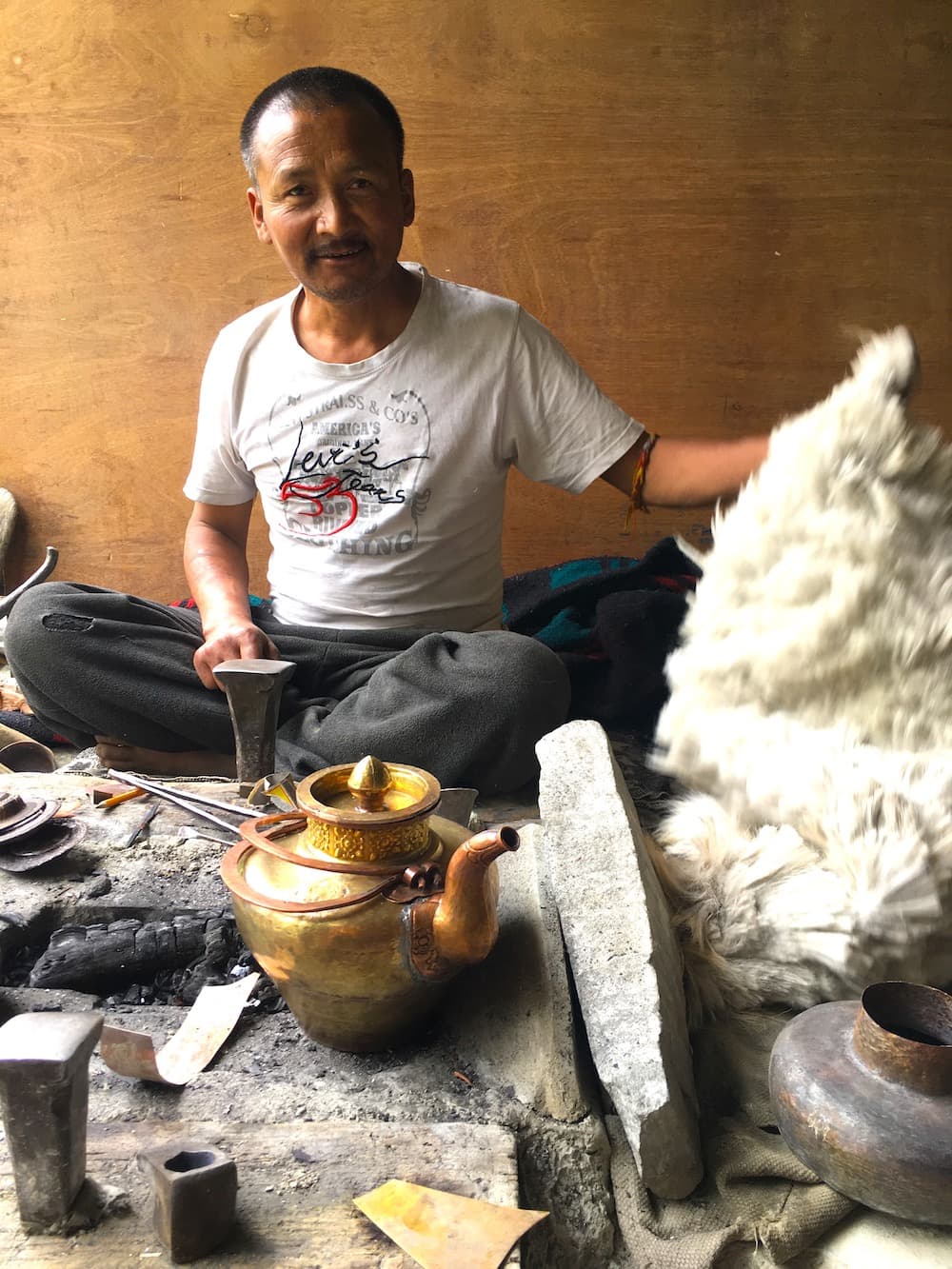
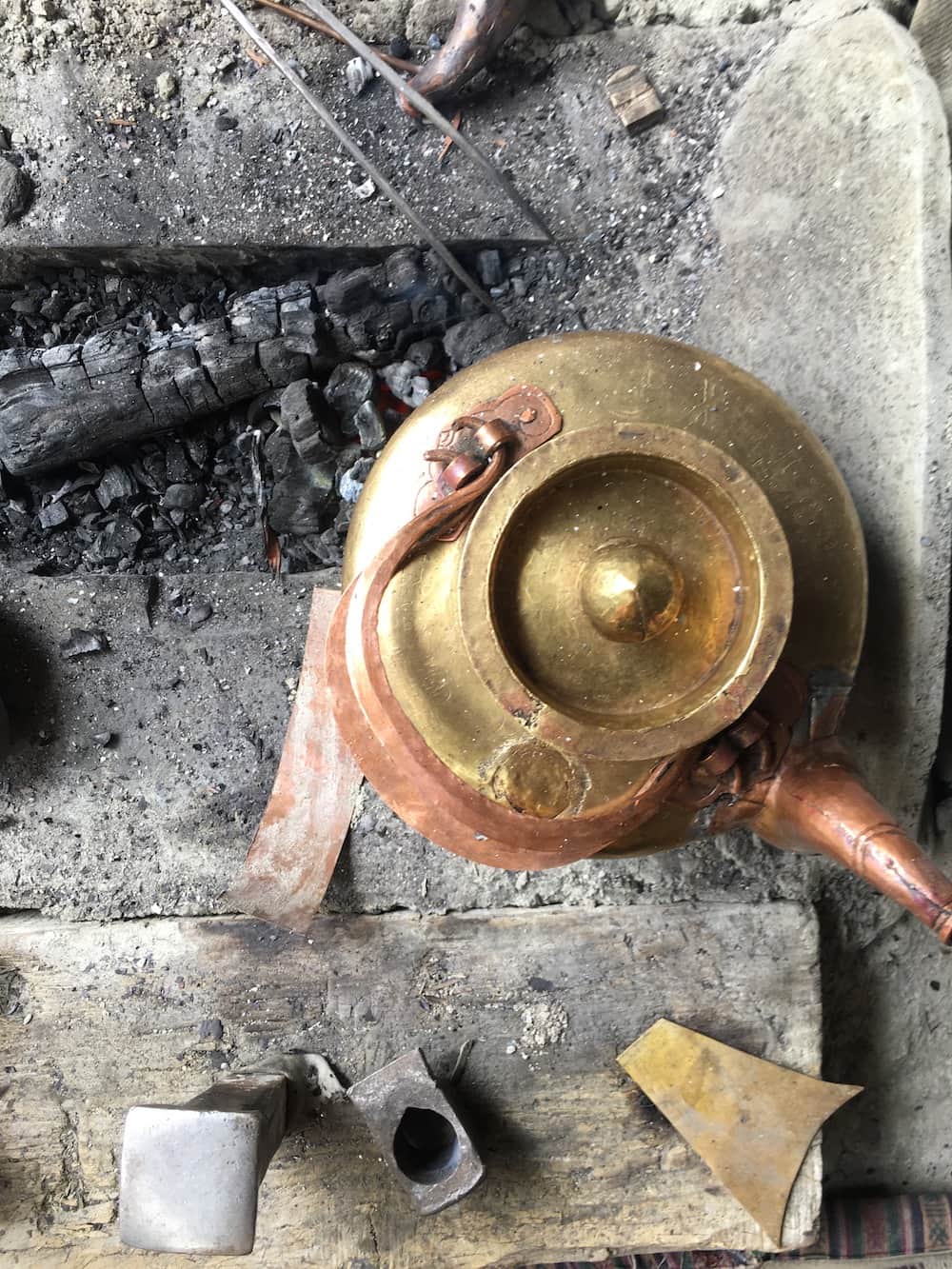
Crafts of Ladakh: Pottery
Further exploring slow living and process, we reached Likir, a village on the way to Sham Valley from Leh, where the last potter in the region resides. Shyly he showed us some yaks and goats he handmade with clay, while he was working on clay pots used in the monastery during prayers. He explained he was going to bake them the day after. We needed a translator to converse with him, and understood that he was a daily wage worker and this dying craft needed to be preserved. Local organisations were attempting to organise workshops with him, but more effort needs to be put into educating the craftsmen about the shifts in market trends and also to understand the value of the craft. Proper distribution channels can lead to a higher demand as well and with the increase in tourism, it was local businesses who could support these craftsmen.
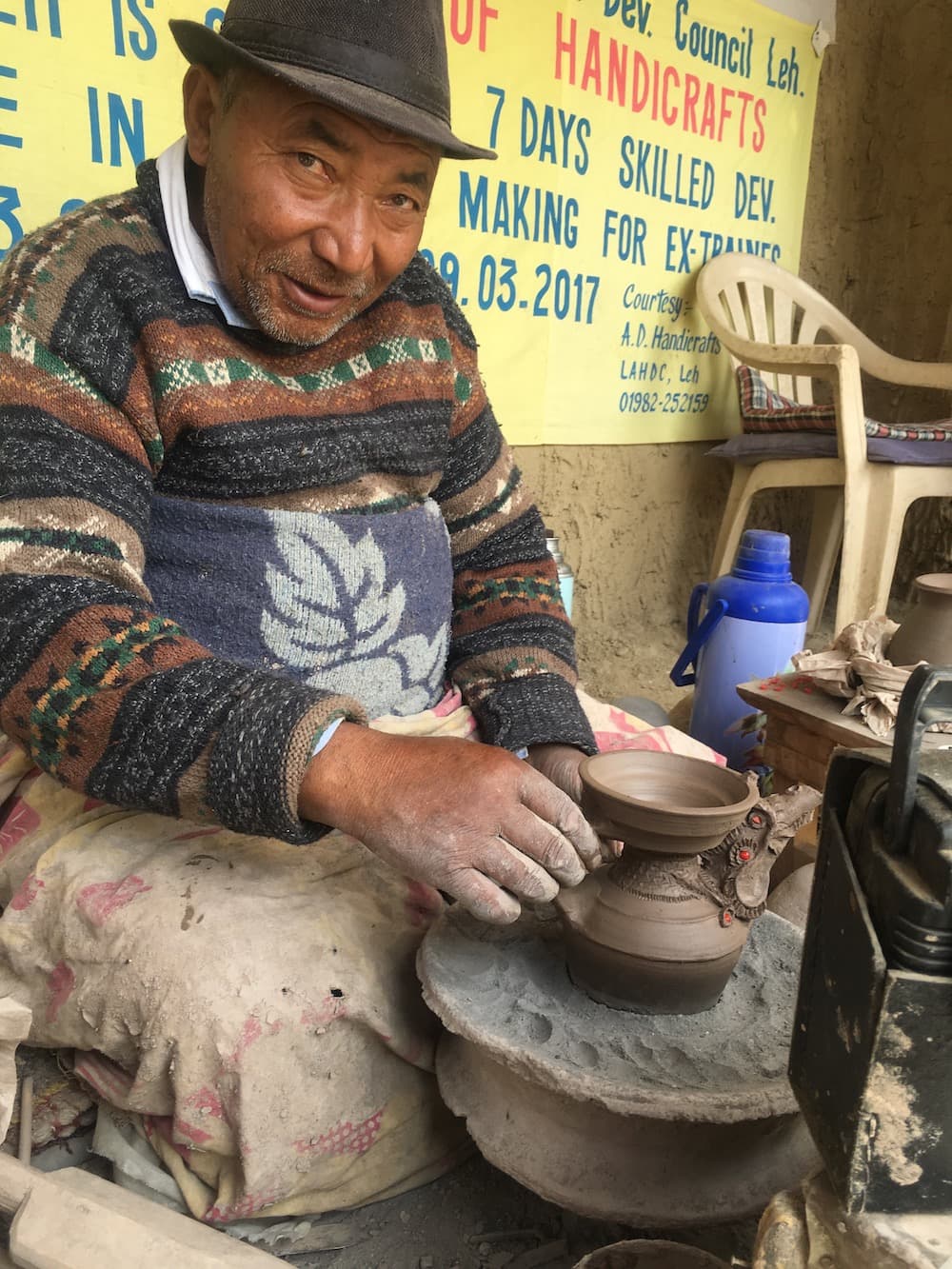
Crafts of Ladakh: Textiles
Thirdly, we explored pashmina, the most luxurious craft celebrated around the world. Pashmina comes from Pashm, an animal fibre from the goats of the Changthang region in Ladakh. These are reared in tough living conditions in the northern plains that are 12000 ft high by the Changpa tribes. Spinners, weavers, designers, and dyers are involved in the process to make pashmina.
We visited the Changthang region to see the procuring of wool, a factory in Leh to understand the cleaning and processing and then a hand wearing center in Leho.
Walking around the Textile Museum by Jigmat Couture, we learned about material culture and traditions through a rich archive and insight into the art history of Ladakh in India. Stacks of woolen running materials in shades of natural, as well as saffron and walnut dyes, lay in a corner. The designer, Jigmat, told us that the museum took 4.5 years to build using traditional methods of architecture with its thick and thin walls that are heat proof and there are elements taken from palaces and monasteries. A vintage kaftan took my attention that resembled ‘Kasi weave’ where a story is woven into the fabric. The trims on these outfits depict the social status of the wearer. Jigmat shared that wool sells in grams like gold. Local designers use these local materials to make clothing, making wool bread for the community. Jigmat shared his vision and ideas on the revival of arts and tradition through textiles and the museum.
There is an immense need to explore and encourage local crafts when travelling. I feel the only way to preserve a culture is through material preservation that includes objects like pots, jewellery, textiles, etc. As a conscious traveller, one could be more responsible and encourage local craftsmen by buying from them. Some of the craftsmen we met run a family and earn a living only through these crafts, and travel really could be a richer experience by interacting with these craftspeople.
Author: Sayali Goyal
© All photos by Sayali Goyal


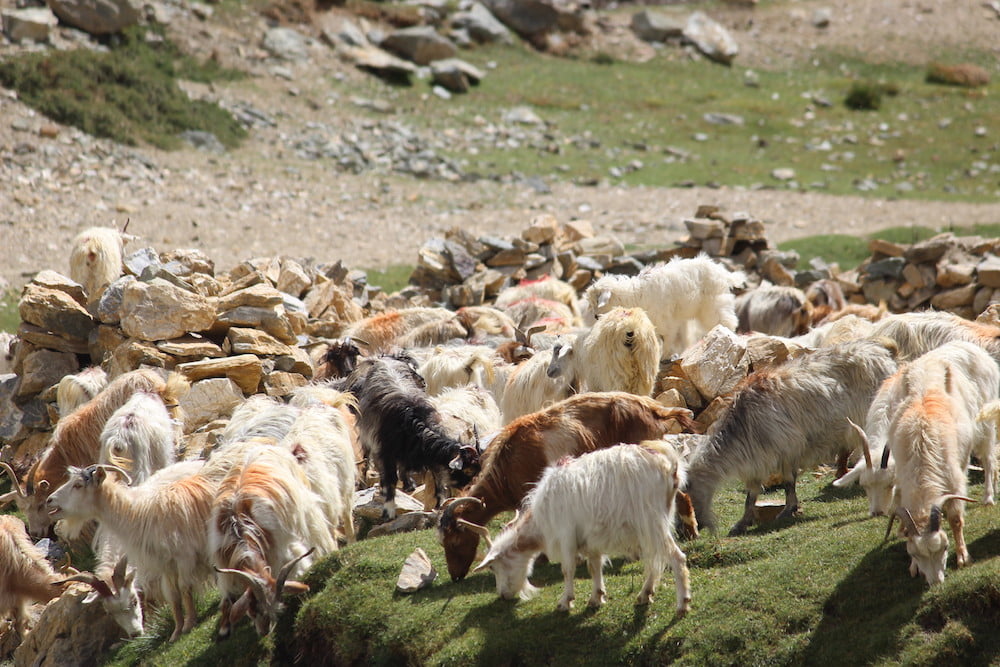
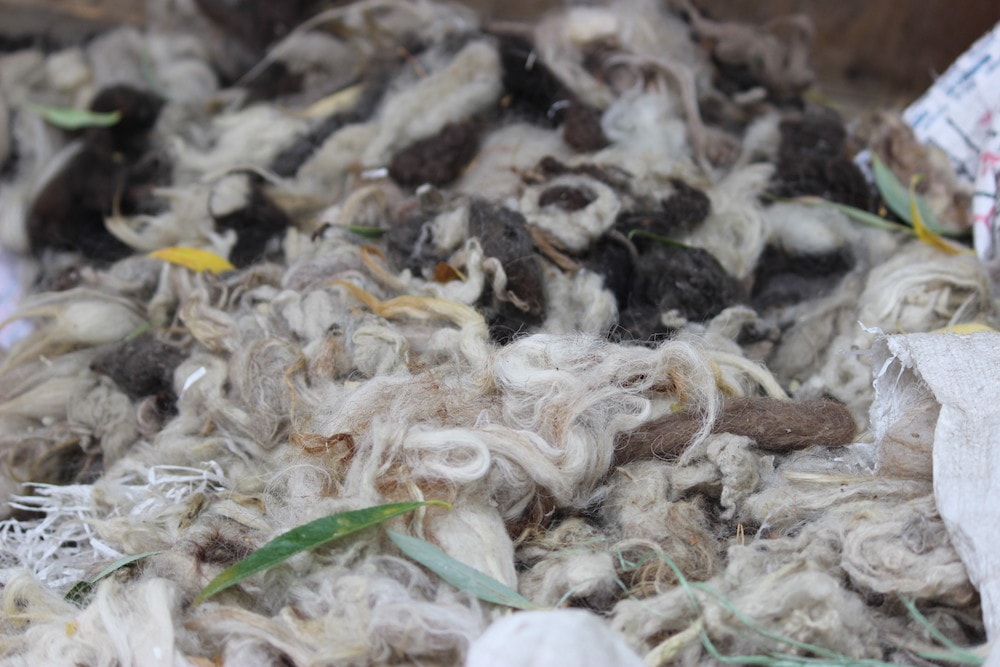
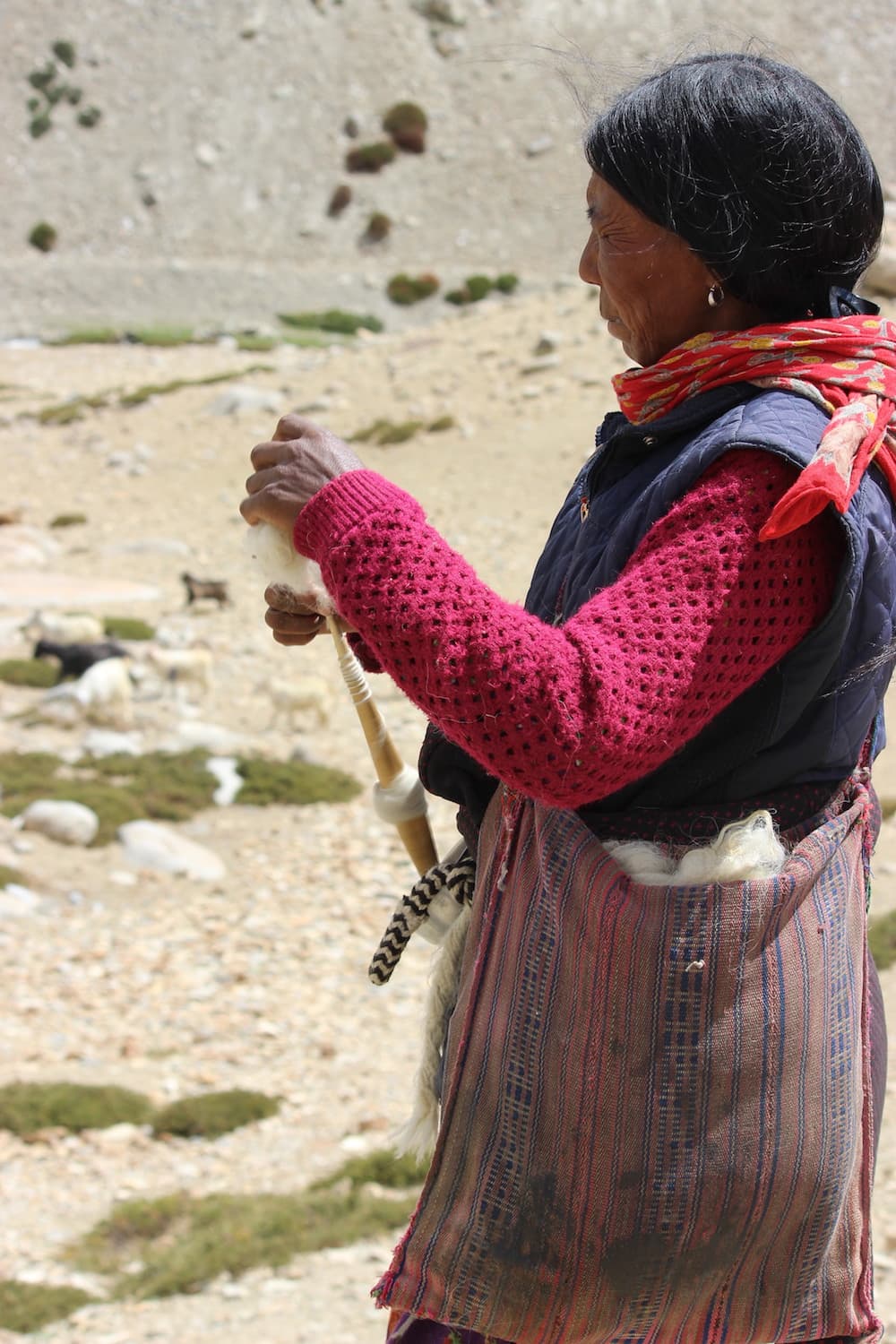


0 comments